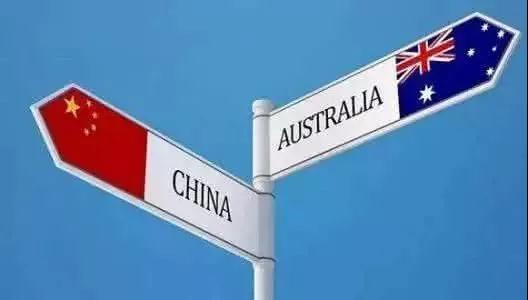New AU Wine Export Regulation Comes into Effect from 1 April

Write | WBO Morris
Translate and Edit | WBO Kiwi
According to the official website of Wine Australia, the Wine Australia Regulations 2018 will replace the Australian Grape and Wine Authority Regulations 1981, which expire on 31 March 2018.
The regulations set out the export controls for grape products at a product, shipment and licence level.
It is illegal to export wine (or grape product) from Australia unless:
· all the products to be exported comply with Australia’s compositional and labelling rules relating to wine and wine products
· you hold an export licence issued by Wine Australia
· Wine Australia has approved your shipment and the products on that shipment for export.
Changes to the Australian wine export regulations will broaden the scope of matters that Wine Australia will consider in determining if an exporter is eligible to hold a licence, and whether to grant approval for products and for shipments.
In deciding whether to grant, suspend or cancel export licences, Wine Australia will be required to apply a ‘fit and proper person test’. This will include a broad range of matters that could extend to trade mark infringement in foreign markets, non-payment of the Wine Export Charge , and other matters affecting the promotion of Australian wine overseas.
Specifically, in determining eligibility to hold an export licence, Wine Australia will continue to consider if an exporter’s actions in export markets are likely to affect adversely the reputation of Australian wine. This could extend to whether the exporter is involved in the production of ‘copycat’ or counterfeit wines.
The regulations will enable Wine Australia to deny export approval where a product could not be lawfully sold in the country to which it will be exported. This could prevent the export of a wine from Australia that infringes IP rights in the destination country.
Exporters will no longer be able to export on behalf of a company or individual that is not eligible to hold an export licence (such as where a licence has been cancelled).
Other aspects of the regulations will be liberalised. For example, to cut red tape for exporters there will no longer be a prohibition on labelling ‘grape products’ with a vintage indication.
With the great spread of Australian leading wine brands such as Penfolds and Yellow Tail, China has become the largest export market for Australia.
However, many "copycat" brands appeared in China market. It’s common to see them in wine exhibitions and third-or-fourth-tier cities, which are legal in China but make consumers or real brand owners confused and can do nothing about it.
New regulation of Australian wine export is bound to kill the "infringement products" from the source. In this regard, an Australian wine importer Zhao Shuang said, “The newly released wine regulations are positive in protecting real brands, excellent! The regulation strengthens the management of brand IP and prevents copy brands or fake wines from Australian exporting. The market order of Australian wine in China will be improved after this revision.
It is worth mentioning that in the international trade aspect, most countries are adhering to the principle of strict in imports and loose in exports, but the amendment of Australian regulation has carried out a certain control over export, also an improvement in cutting down some red tape.
In the view of WBO, the revision of the regulation undoubtedly highlights the importance of Australian authorities to the sustainable development of Australian wines, as well as the Australian government's in-depth understanding of the problems encountered by Australian wines.